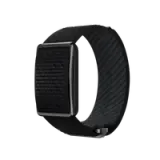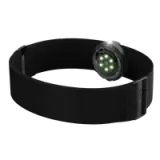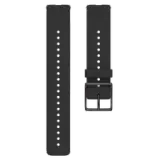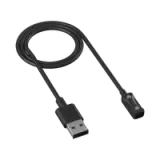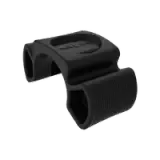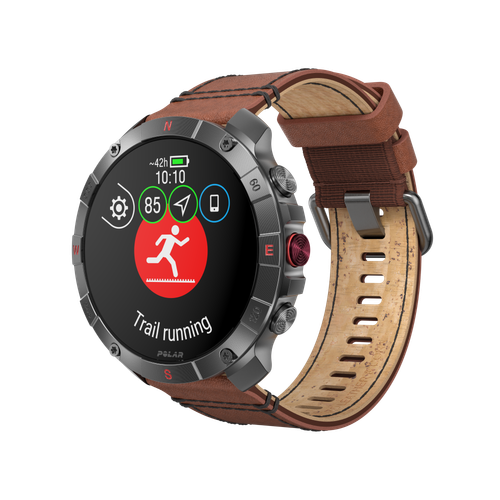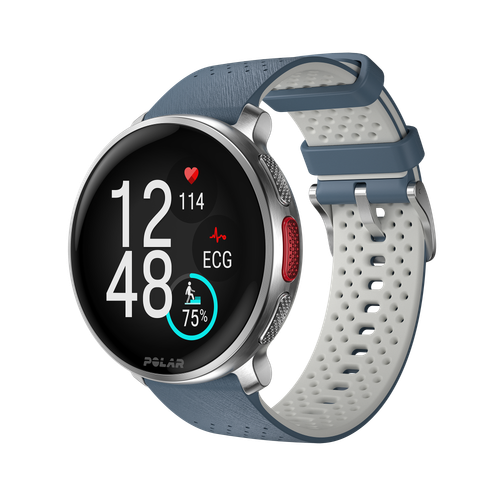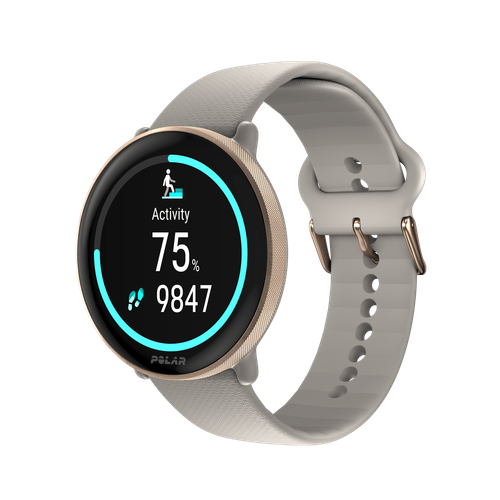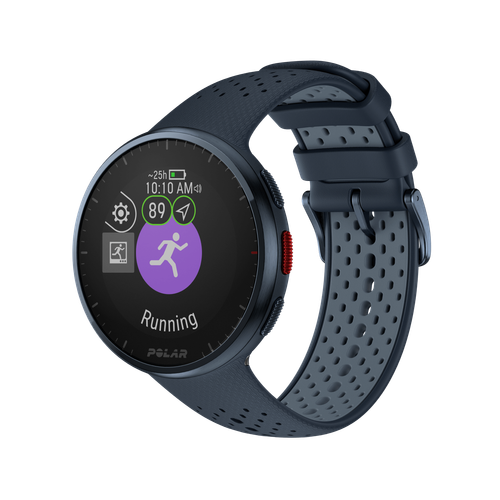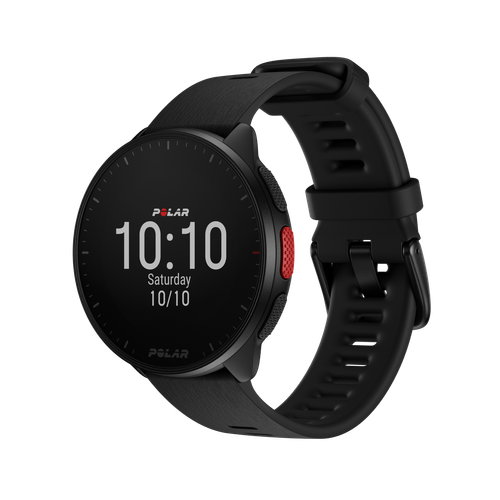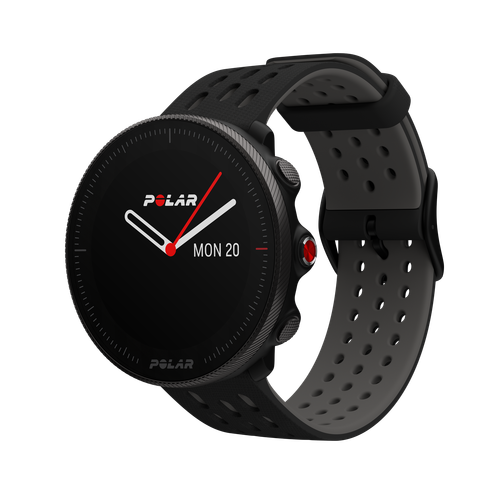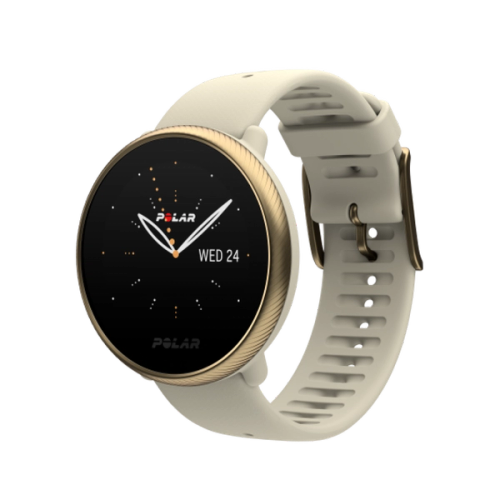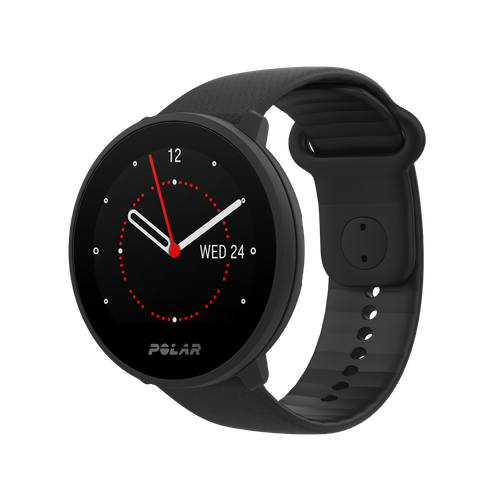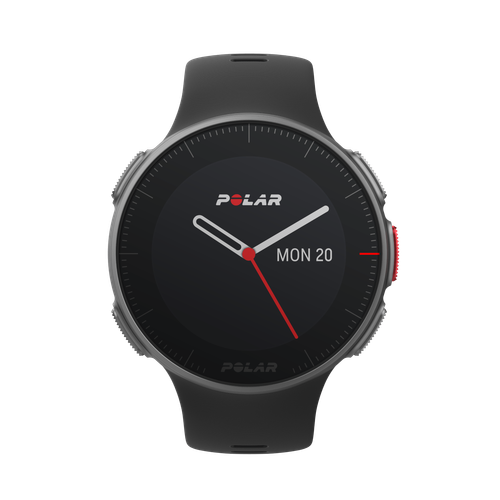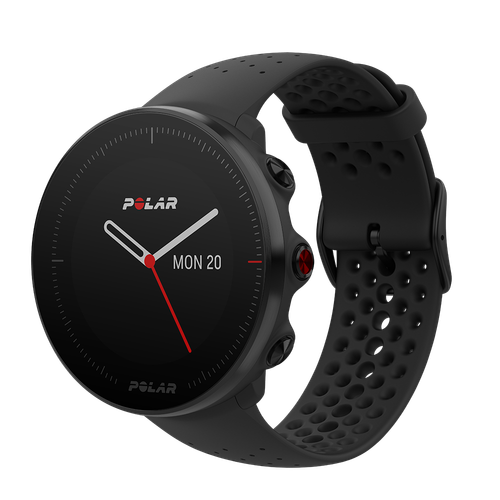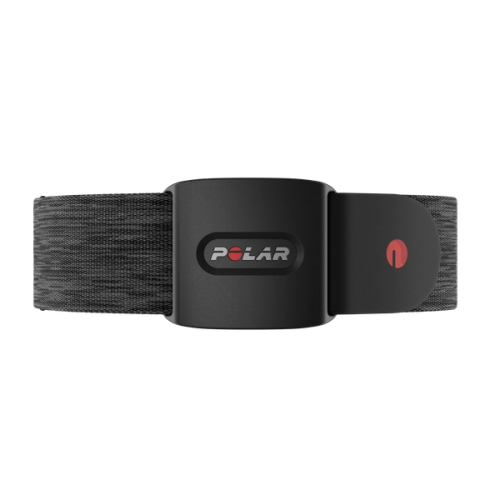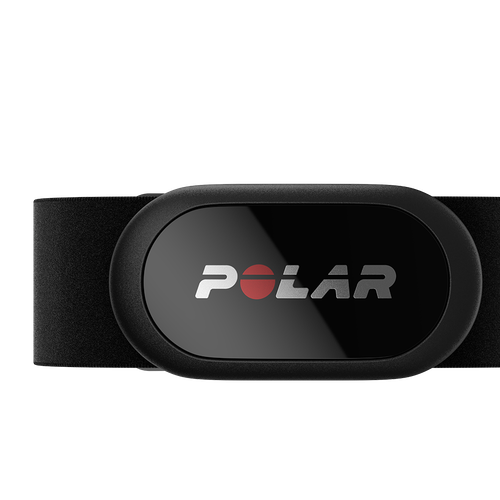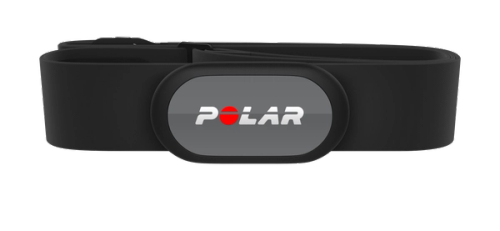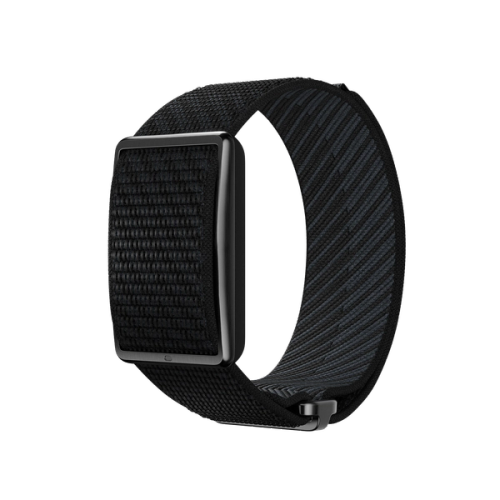Ever wonder how many calories it takes to do sports like rucking? Turns out, it's more complicated than just adding the weight to your bodyweight and calling it a day. Those clever folks at the US Army Research Institute of Environmental Medicine, the same people who brought you the Load Carriage Decision Aid (LCDA), a tool used by militaries worldwide, have been digging deep into the science of weighted vest calorie burn.
Yes, the old backpacks vs. weight vests debate when it comes to rucking just got a whole bunch more technical with a new calculation for exactly how a weighted vest differs. The recent study, headed up by David P. Looney, Ph.D. and published in Medicine & Science in Sports & Exercise, ACSM's flagship journal, focused precisely on this. And it has some pretty interesting and applicable findings for all of you who enjoy getting into the numbers when prepping for your outdoor adventures.
Vest-ed Interest
So, the LCDA was already pretty good at predicting calorie expenditure for all sorts of military activities, but it had a blind spot: weighted vests. Backpacks, sure, it could handle those. But vests? They distribute weight differently, closer to your center of mass, and that changes the metabolic equation. Think of it like this: carrying a bowling ball close to your chest is different than holding it at arm's length, even if the weight is the same.
The problem was that existing models, like the Pandolf equation and the minimum mechanics model, weren't precise enough when predicting the metabolic cost of wearing weighted vests, especially compared to carrying backpacks. This is a pretty important difference for military personnel, athletes, and anyone using weighted vests for training.
The researchers set out to create a specific equation just for weighted vests. They had people walk with vests loaded at various percentages of their body weight, meticulously measuring their metabolic rate. And guess what? They found that the calorie burn with a vest isn't simply a linear increase with weight. It's more nuanced, a complex relationship they captured in a new formula.
Why does this matter? Because accurate calorie estimations are crucial for everything from military mission planning to optimizing your workout. Whether you're a soldier prepping for deployment or an outdoor adventurer looking to maximize your rucking gains, this new equation gives you a much more precise way to understand the metabolic cost of your weighted vest workouts. No more guessing games with some armchair calculation – it's backed by hard science.

The Science of the Stride
Twenty healthy, active adults, a mix of men and women, volunteered to be part of this study. They weren't just strolling – they were rucking. And not just with any weight. Each one carried vests loaded at 22%, 44%, and a hefty 66% of their body weight. Yup, imagine carrying a third of your body weight in a vest – that's serious business.
These weighted walks happened on treadmills, at speeds ranging from a leisurely stroll to a brisk pace. And here's the key: the researchers weren't just timing them. They were measuring their metabolic rate – the actual calories burned – using indirect calorimetry. Translation: this gold-standard technique tracks oxygen consumption and carbon dioxide production to precisely quantify energy expenditure.
But the science didn't stop there. The researchers then used this data to create a new equation specifically for weighted vests, a piece of the larger Load Carriage Decision Aid (LCDA) puzzle. To make sure this equation wasn't just a fluke, they put it through rigorous testing. They used k-fold cross-validation, splitting their data into groups to ensure the equation held up under different scenarios. Think of it as a stress test for their formula. And then they tested it further, but more on that below.
Data Dump: Key Findings from the Study
So, did all this scientific scrutiny pay off? Absolutely. The new equation developed by the researchers, the LCDA weighted vest equation, proved remarkably accurate. When tested against the data from their own study, it nailed the calorie estimations (technically, metabolic rate, but we're talking calories here) with a bias of just -0.01 W·kg⁻¹. Think of bias as how far off the estimate is on average – this is incredibly close to zero, meaning the equation is bang on.
Additionally, they threw their new equation into the ring with 12 other studies, a massive dataset of 264 participants. And again, it shone, maintaining its accuracy with a bias of only -0.16 W·kg⁻¹. In the world of sports science, these are stellar results.
Not only was the equation accurate, but it was also precise. The concordance correlation coefficient (CCC), a measure of how well the estimated values match the actual measured values, was a whopping 0.973 for their own study and 0.963 for the external data. A CCC of 1 is perfect; anything above 0.9 is considered excellent.
Interestingly, the study also revealed that heavier vests led to progressively slower walking speeds. This might seem obvious, but it's important data to have when planning training or military operations. And while the well-established Pandolf equation (which was developed over 50 years ago but tends to underestimate the metabolic rate) also performed reasonably well, the new LCDA equation was specifically designed for vests and proved even more accurate, especially regarding standing metabolic rate. The minimum mechanics model (which was developed in 2017), on the other hand, fell short, consistently underestimating calorie expenditure.
undefined
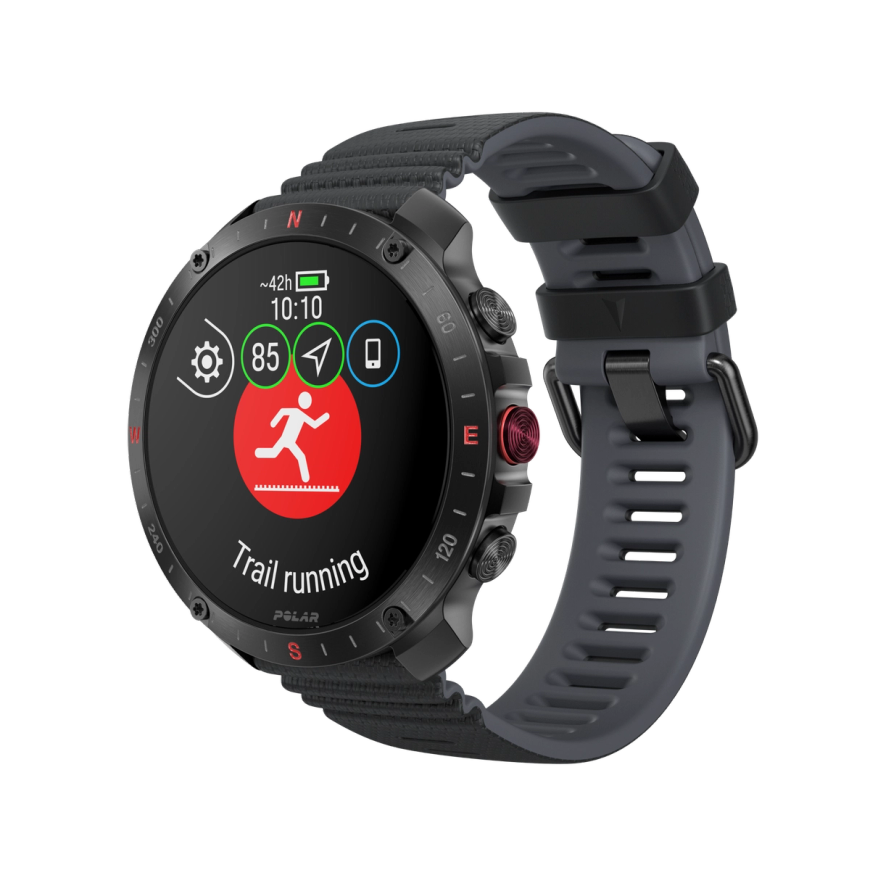
Polar Grit X2 Pro
Premium-urheilukello
Polar Grit X2 Pro on kestävä premium-urheilukello, jossa on AMOLED-safiirilasinäyttö. Sen edistykselliset navigointi- ja urheiluominaisuudet kannustavat tutkimaan sekä ympäröivää maailmaa että oman suorituskyvyn rajoja.
The Weight of Research
Speaking of other studies that paved the trail here, let's take a look at those that have contributed to our understanding of how much we sweat (and burn) with weighted vests and backpacks.
Back in the 1970s, when disco was king and lab equipment was decidedly less digital, the legendary Pandolf equation emerged (Pandolf, Givoni & Goldman, 1977). These pioneers, working at the U.S. Army Research Institute of Environmental Medicine, weren't messing around. They meticulously measured the metabolic cost of walking with backpacks, laying the groundwork for much of what we know today.
The work by Datta and Ramanathan (1971) is also a classic. They compared carrying loads on the front and back of the torso versus in a backpack, revealing a 9% reduction in metabolic demand with the former. This highlights the importance of load distribution, something we now know is critical in vest training.
Fast forward a few decades, and the "minimum mechanics model" entered the scene (Ludlow & Weyand, 2017). This more recent attempt aimed to refine our understanding of energy expenditure during load carriage. However, while theoretically sound, it's been repeatedly shown to underestimate calorie burn, particularly during inclines.
Then, you have studies like those from Santee et al. (2001), who tackled the tricky business of downhill walking. They realized that previous models only looked at level and uphill movement, leaving a crucial gap. Their "downhill correction factor" was a significant leap forward, acknowledging that going down isn't just "easier uphill," metabolically speaking.
Each of these studies, and many others, has contributed to the rich tapestry of load carriage research. They've helped us move from simple estimations to more nuanced and accurate predictions, allowing us to better understand the physiological cost of carrying extra weight.
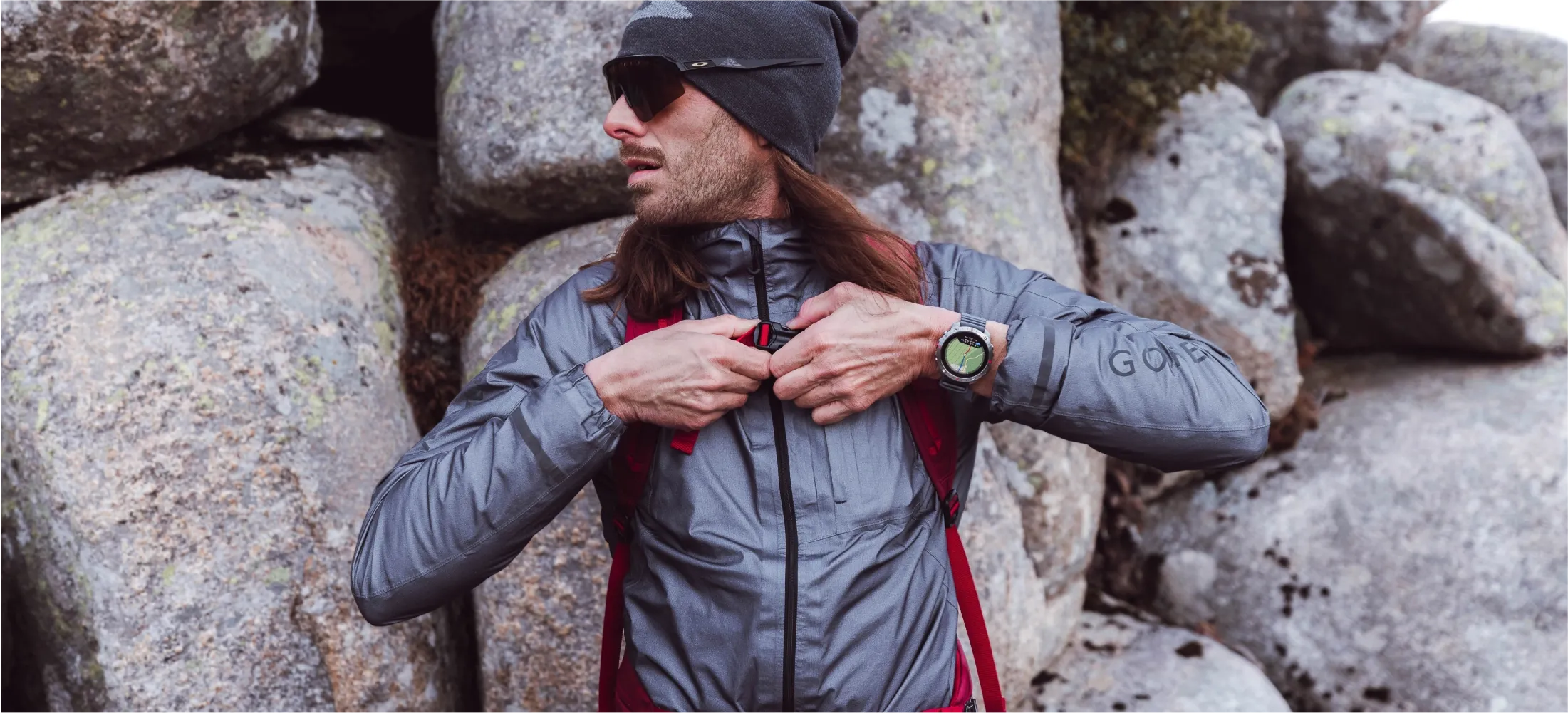
Enjoying this article? Subscribe to Polar Journal and get notified when a new Polar Journal issue is out.
Subscribe
Conclusions for Ruck Stars
So, there you have it. The mystery of the weighted vest calorie burn has been cracked! Thanks to some serious scientific sleuthing, we now have a much more accurate way to estimate the metabolic cost of rucking. Because if you're an outdoor adventurer who loves pushing your limits, knowing your calorie expenditure is crucial for optimizing performance and recovery.
The updated LCDA metabolic model, complete with its fancy new vest-specific equation, is a game-changer. It's not just accurate; it's precise, taking into account the unique demands of vest-borne loads. And the best part? They've made it easy for you to put this knowledge into action.
The researchers have created a simplified LCDA metabolic calculator (note: this link downloads as a spreadsheet!) that you can use to estimate your own rucking calorie burn. Plug in your weight, the weight of your vest, your speed, and even the terrain, and get ready to see some serious data. This is the kind of information that can take your training and adventures to the next level, helping you fine-tune your workouts, plan your nutrition, and crush your fitness goals. Happy rucking!
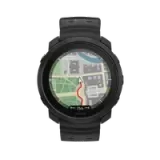 Polar Vantage M3
Polar Vantage M3
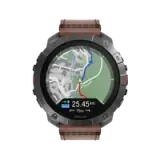 Polar Grit X2 Pro Titan
Polar Grit X2 Pro Titan
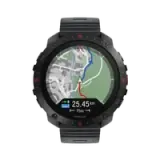 Polar Grit X2 Pro
Polar Grit X2 Pro
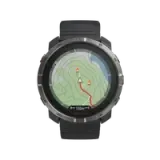 Polar Grit X2
Uusi
Polar Grit X2
Uusi
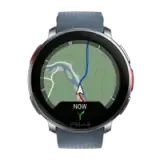 Polar Vantage V3
Polar Vantage V3
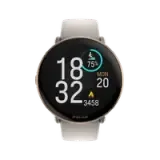 Polar Ignite 3
Polar Ignite 3
 Polar Ignite 3 Braided Yarn
Polar Ignite 3 Braided Yarn
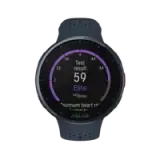 Polar Pacer Pro
Polar Pacer Pro
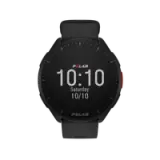 Polar Pacer
Polar Pacer
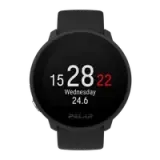 Polar Unite
Grit X ‑sarja
Vantage-sarja
Pacer-sarja
Ignite-sarja
Polar Unite
Grit X ‑sarja
Vantage-sarja
Pacer-sarja
Ignite-sarja
